Buddhism is an ancient religion whose goal is to help people reach enlightenment—the liberation of your soul from suffering.
As a religion dating back thousands of years, Buddhism provides an easy way for people to remember its important ideas and concepts. It does so through Buddhist symbols, which are found throughout the religion's art, architecture, and scripture.
Buddhist Symbols and Their Meanings
Symbols remind us of essential lessons from the religion, such as compassion and mindfulness, without memorizing long scripture passages or taking classes on Buddhism's history and beliefs.
Many symbols within Buddhism represent different things, such as peace, love, and good luck, among others. Here, discover the meaning of the most recognized symbols in Buddhism.
- Om - Buddhist Symbol of the Universe
- Lotus Flower - Buddhist Symbol for Purity
- Swastika - Buddhist Symbol for Peace
- Dharma Wheel - Buddhist Symbol for Good Luck
- The Bodhi Tree - Buddhist Symbol for Enlightenment
- Endless Knot - Buddhist Symbol for Love
- Buddha’s Footprints - Buddhist Symbol for Protection
- Lion - Buddhist Symbol for Strength
- Meditating Buddha - Buddhist Symbol for Wisdom
Om Symbol
Meaning: Buddhist Symbol of the Universe
The om symbol is the most sacred and widely used symbol in Buddhism. It's considered the sound of the universe and the vibration of all existence.
As the sound of creation, om is often chanted at the beginning and end of Buddhist ceremonies and prayers as a show of respect.
This symbol has a threefold meaning: it represents heaven, earth, and humankind; the past, present, and future; and the Buddhist trinity of the Buddha, Dharma (the Buddha's teachings), and Sangha (the community of Buddhists).
Lotus Flower
Meaning: Buddhist Symbol for Purity
The lotus flower is often associated with purity because it blossoms out of a muddy pond without being dirty.
This analogy is often used to explain how people can rise above their negative thoughts and behaviors to achieve enlightenment.
Some people also believe that this Buddhism symbol could bring happiness or luck to those who wear it.
Swastika
Meaning: Buddhist Symbol for Peace
Before it was known as a Nazi symbol, the swastika was a popular Buddhist symbol. It represents the sun, which is a symbol of life and vitality.
The word "Swastika" is composed of two Sanskrit words: su, meaning "good," and asti, meaning-"being." Together, they form a phrase that translates to "well-being."
It is believed that the Swastika was first used as a symbol of good fortune by the Hindus around 2500 BC. In ancient India, it was associated with auspiciousness and prosperity. It was later adopted by Buddhists in China around 700 AD and spread throughout Asia as a peace symbol.
Dharma Wheel
Meaning: Buddhist Symbol for Good Luck
The dharma wheel is one of the eight auspicious symbols of Buddhism. It represents the Buddha's teachings, which are often referred to as the Dharma.
As a symbol of good luck, it's believed that if you spin the wheel, you will receive good fortune in this life and in your future lives.
The traditional design of a dharma wheel is made up of four parts: the hub (the center), two spokes (the world in which we live), and two rims (the end of existence).
The hub represents our existence in this world, where we're surrounded by ignorance and desire. The spokes represent our actions—our karma—determining where we'll be reborn after death. The rims represent nirvana, or ultimate peace and happiness, which can only be achieved if you can eliminate ignorance and desire from your life.
The Bodhi Tree
Meaning: Buddhist Symbol for Enlightenment
The Bodhi tree is a sacred symbol in Buddhism. It's the tree under which the Buddha is said to have achieved enlightenment.
For Buddhists, the Bodhi tree represents the possibility of achieving enlightenment for all beings. That's why many Buddhists choose to meditate under a Bodhi tree.
Endless Knot
Meaning: Buddhist Symbol for Love
The endless knot is a symbol of the never-ending cycle of life. It's often used to represent love and compassion, as well as the interconnectedness of all beings.
This symbol is also a reminder that our actions have consequences, both positive and negative. What we do today will affect our future lives.
Buddha's Footprints
Meaning: Buddhist Symbol for Protection
Buddha's footprints are often seen as a symbol of protection. It's believed that if you step on Buddha's footprint, you will be blessed with good luck and safety from harm.
The footprints of the Buddha are also a reminder of his teachings. They remind us that we should follow the path of the Buddha in order to achieve enlightenment.
Lion
Meaning: Buddhist Symbol for Strength
In Buddhism, the lion represents the Buddha's ability to protect his followers from harm. That's why it's considered a symbol of strength and courage.
The lion is also a reminder that we should always be on the lookout for danger and be prepared to face it with courage.
Meditating Buddha
Meaning: Buddhist Symbol for Wisdom
The meditating Buddha is often depicted sitting in a lotus position with his eyes closed and hands resting on his lap. This pose symbolizes the Buddha’s search for knowledge and enlightenment.
This symbol also signifies the Buddha's compassion for all beings. This symbol also signifies the Buddha's compassion for all beings. As a compassionate teacher, the Buddha is believed to have the power to liberate people from their suffering.
Conclusion
These are some of the most popular Buddhist symbols and their meanings. Each symbol represents a different aspect of the Buddha's teachings. By understanding the meanings of these symbols, we can deepen our understanding of Buddhism and its core principles.

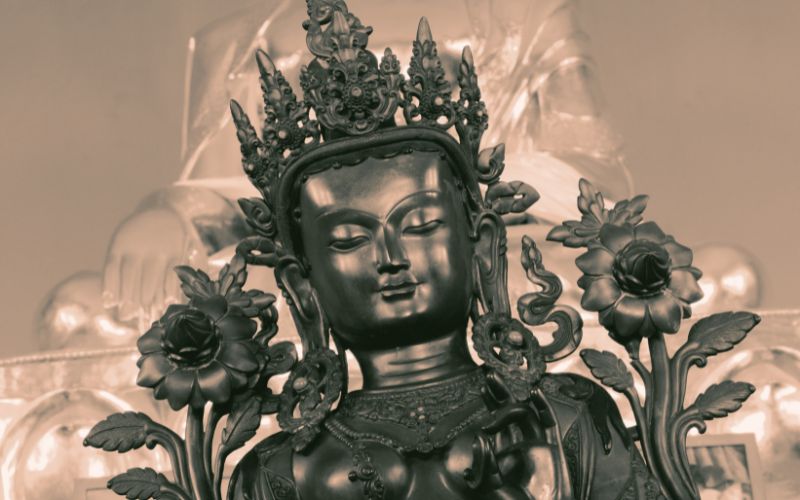





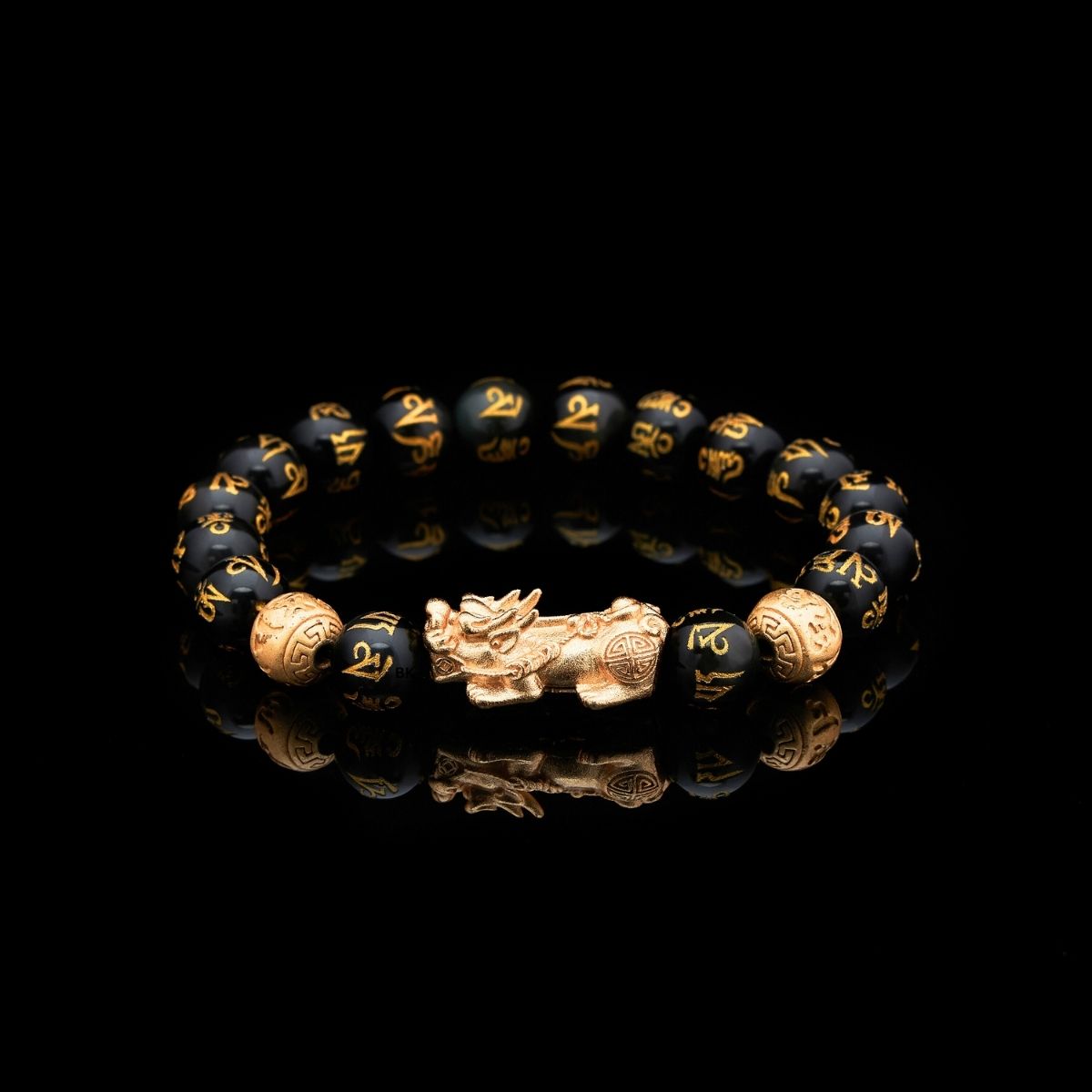

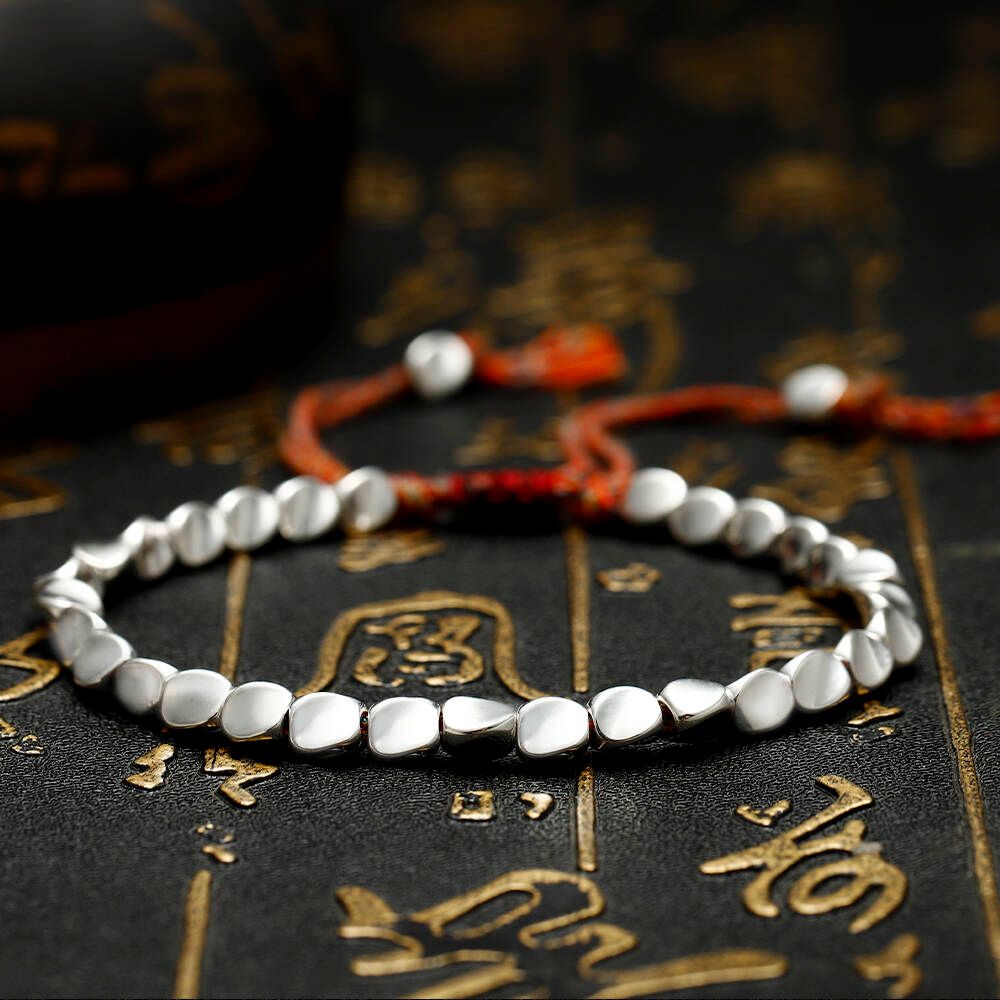

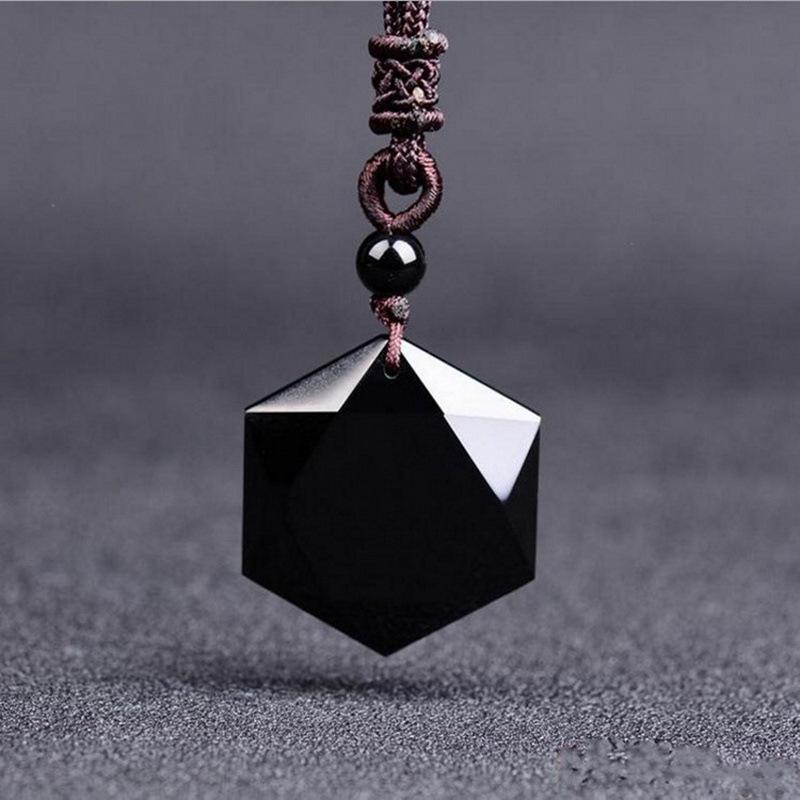

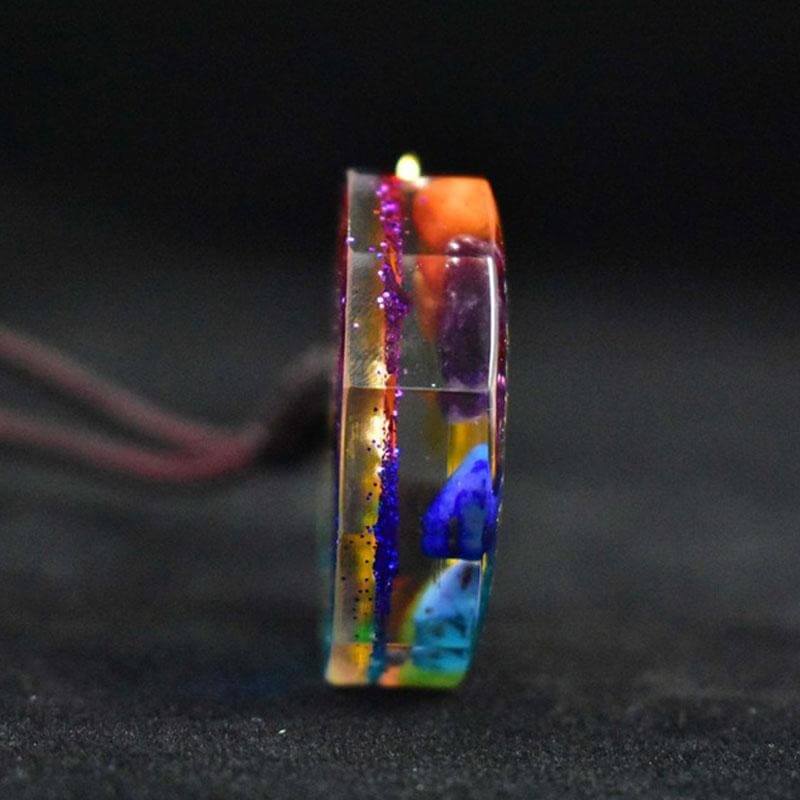
Leave a comment